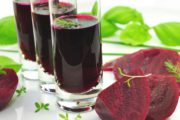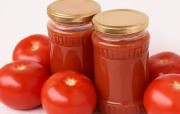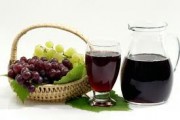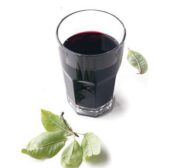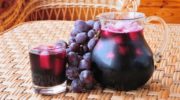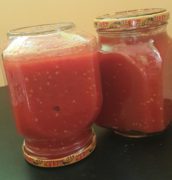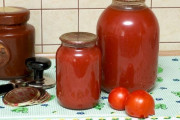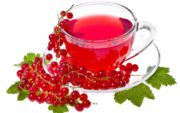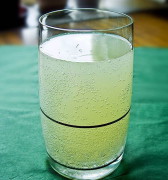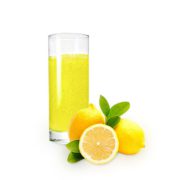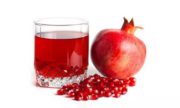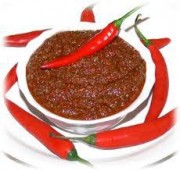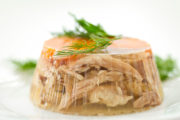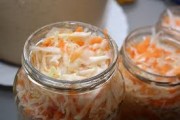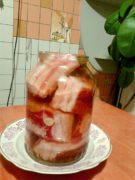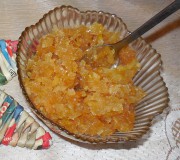Two recipes for making beet juice for the winter
Beetroot juice belongs to the category of not just healthy, but also tasty juices, if only it is prepared correctly. As a rule, there are no problems with preservation, since beets tolerate heat treatment well, and boiling has little effect on the preservation of vitamins. Now we will look at two options for making beet juice.
Fresh beet juice for the winter
Wash and peel the young beets. Avoid old, oversized or cracked root vegetables. They have much less benefit, since they are already overripe and ready to sprout seeds, and this is a different composition of vitamins.
Cut the root vegetables into pieces and run them through a juicer.
Pour the juice into a saucepan and add for every liter of pure juice
- 100 g sugar;
- 2 g citric acid.
Bring the juice to a boil and wait until the sugar is completely dissolved. You can cook the juice longer, and then you will get beet syrup, which is also very tasty and also healthy.
Pour the hot juice into dry, sterile jars and seal them with lids. There is no need to pasteurize beet juice.
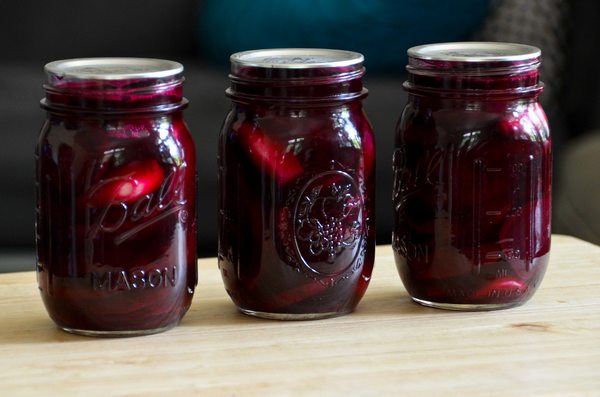
Boiled beet juice without sugar
If you don't have a juicer, or don't have a lot of beets, use this recipe. Wash the beets and place them in a saucepan. Pour cold water over the root vegetables and boil the beets for an hour.
Cool, peel and grate the beets on a coarse grater, or pass through a meat grinder.Place the beet pulp in a cloth bag and squeeze out the juice. Do not squeeze out the juice too much, because the pulp itself will be useful for cooking. borscht dressing.
Bring the juice to a boil, then add citric acid or lemon juice. The juice is ready, and you can roll it up for the winter so you can drink it later, or color your culinary masterpieces with bright beet juice.
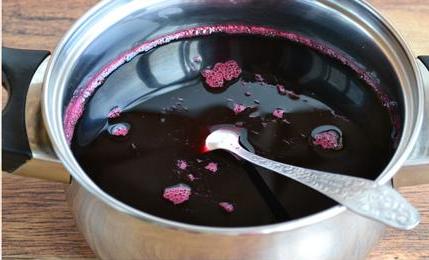
Beetroot juice goes very well with carrot and apple juice, but it would be better to mix these juices immediately before use, and roll up the juices themselves separately.
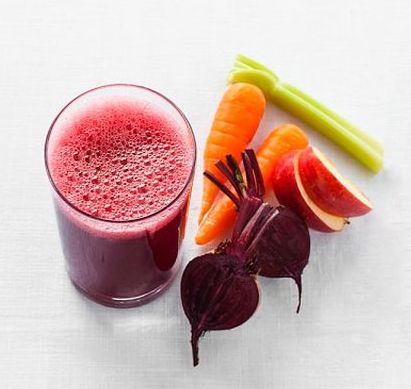
Watch the video on how to make beet juice:

